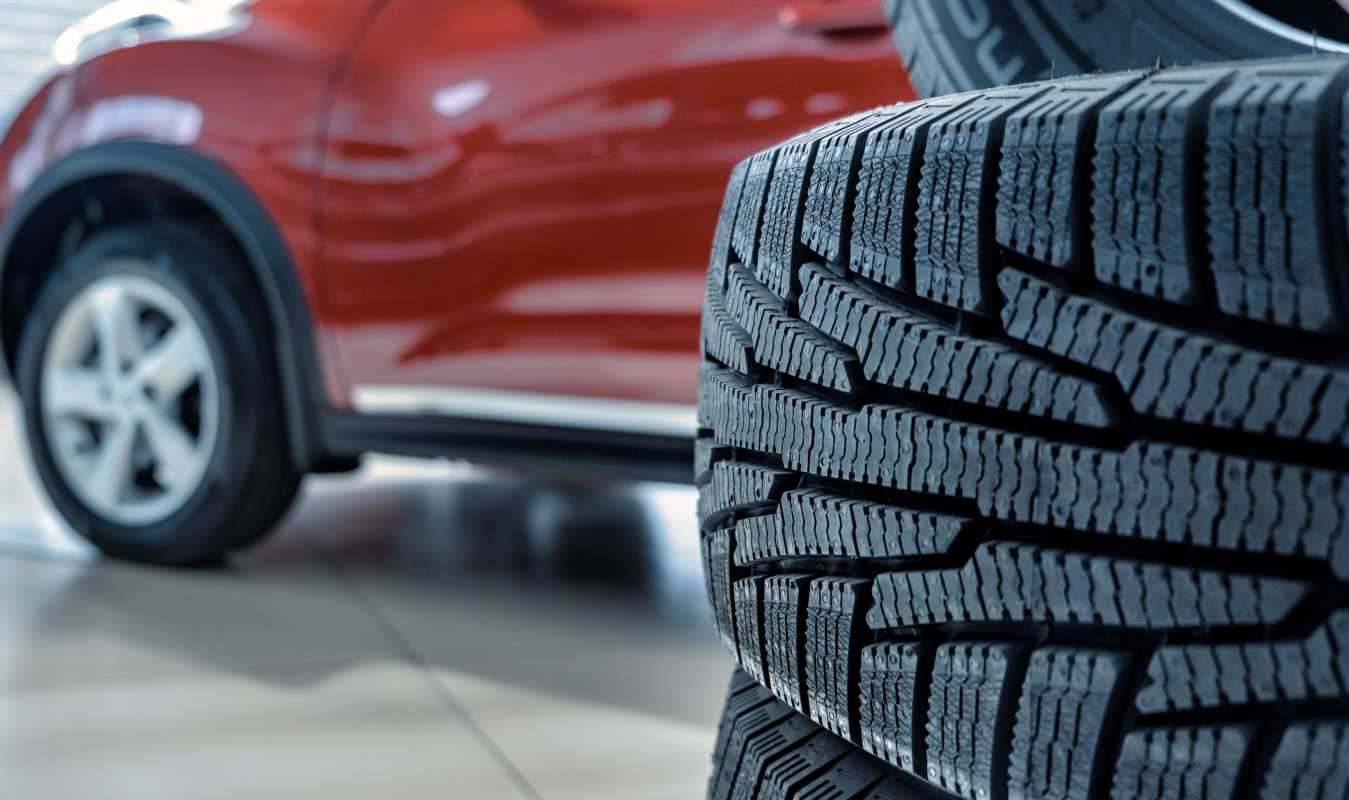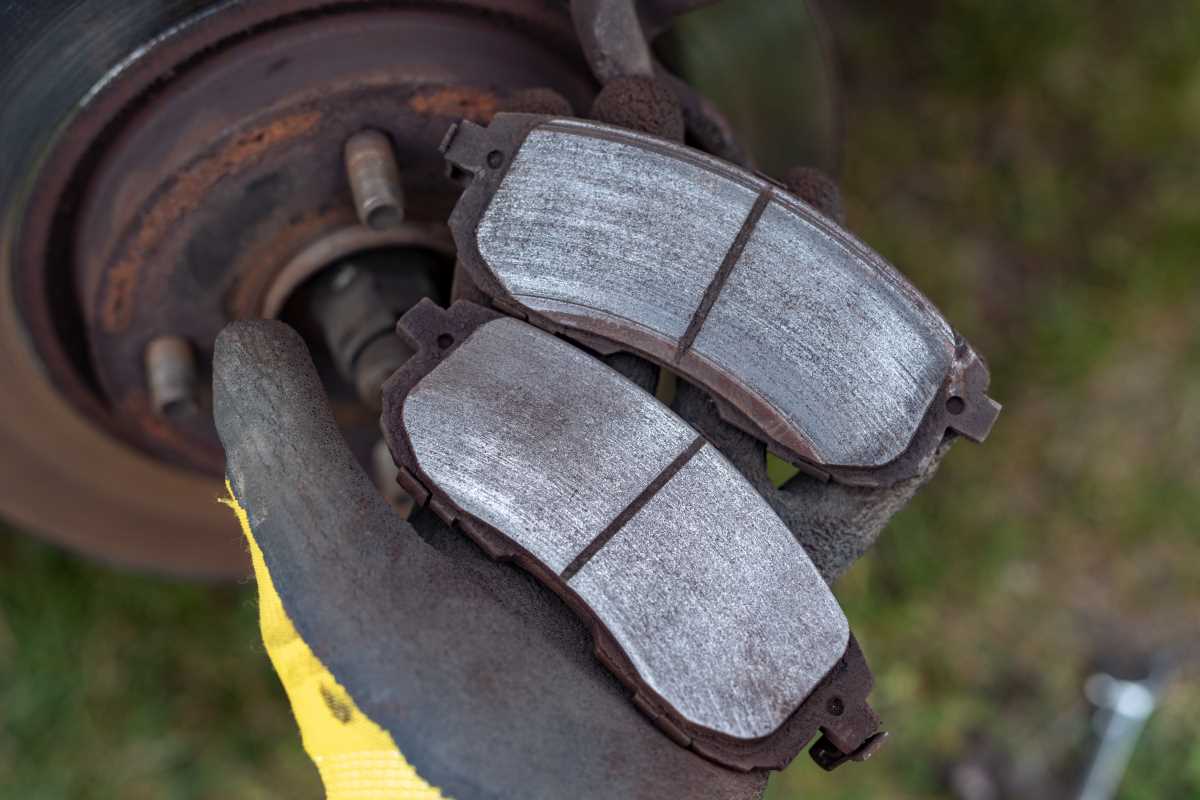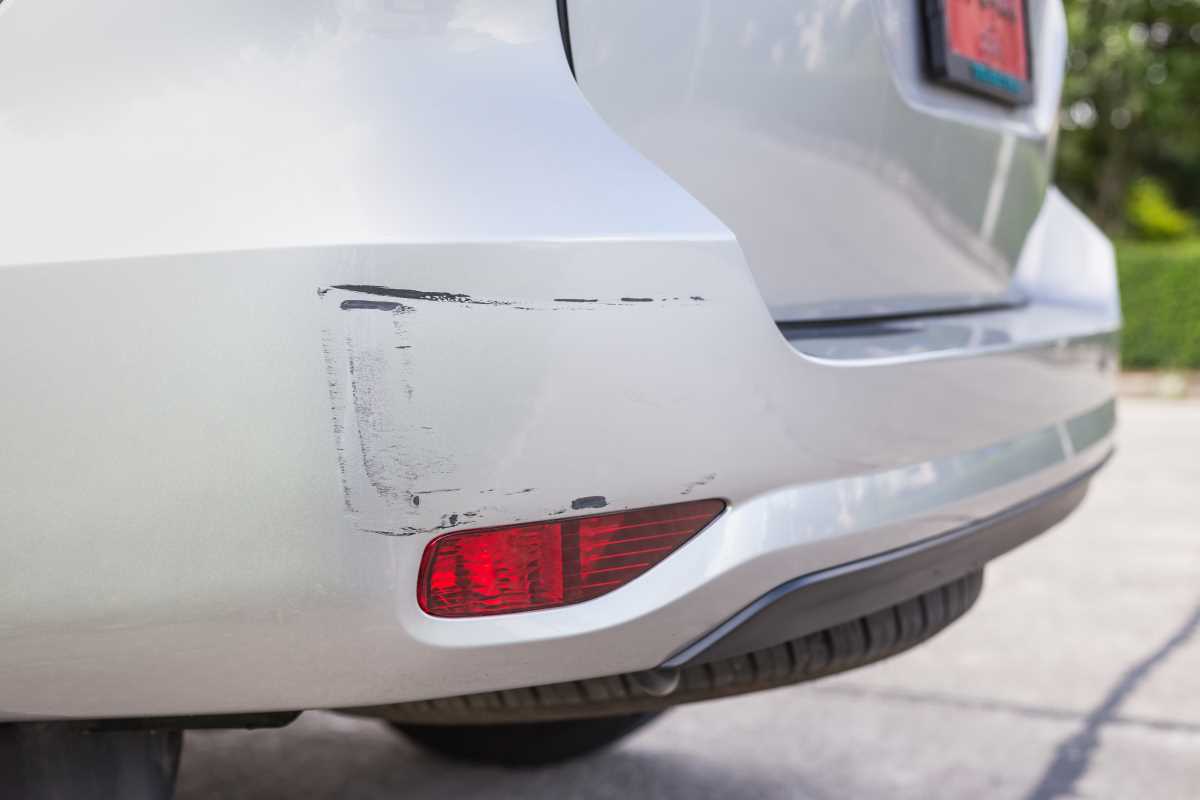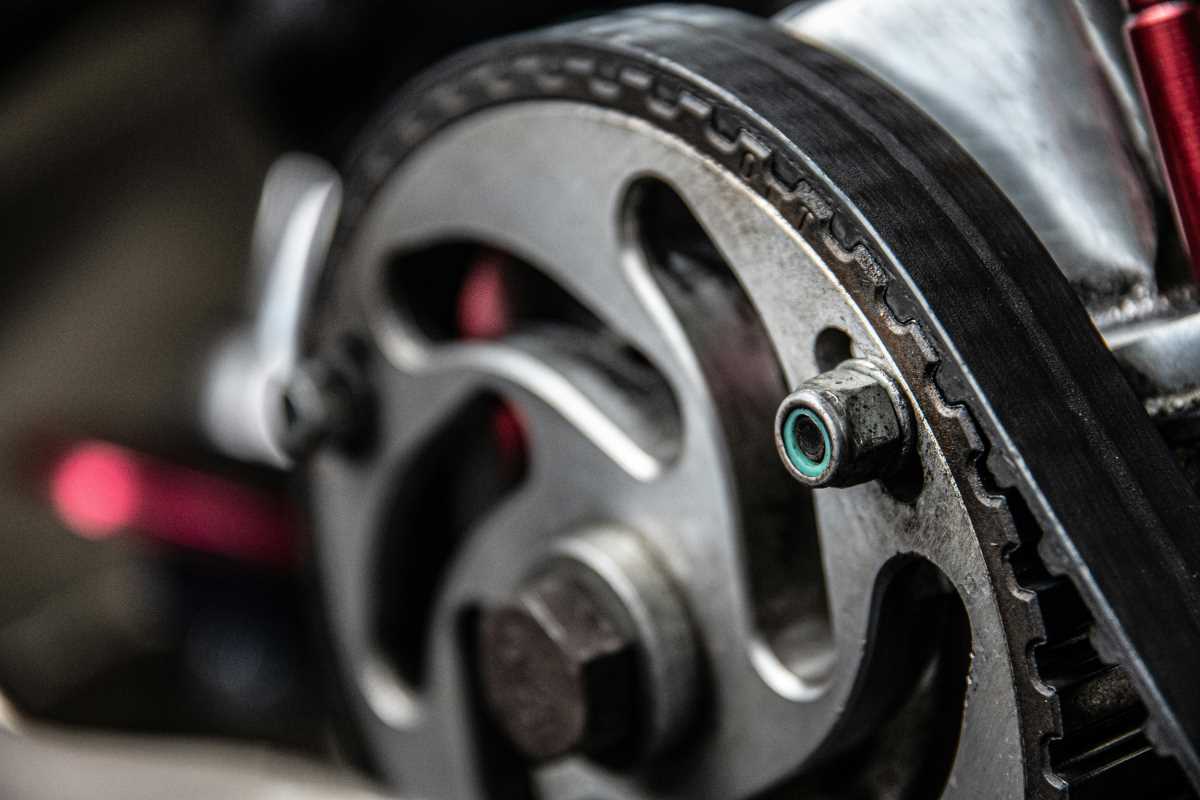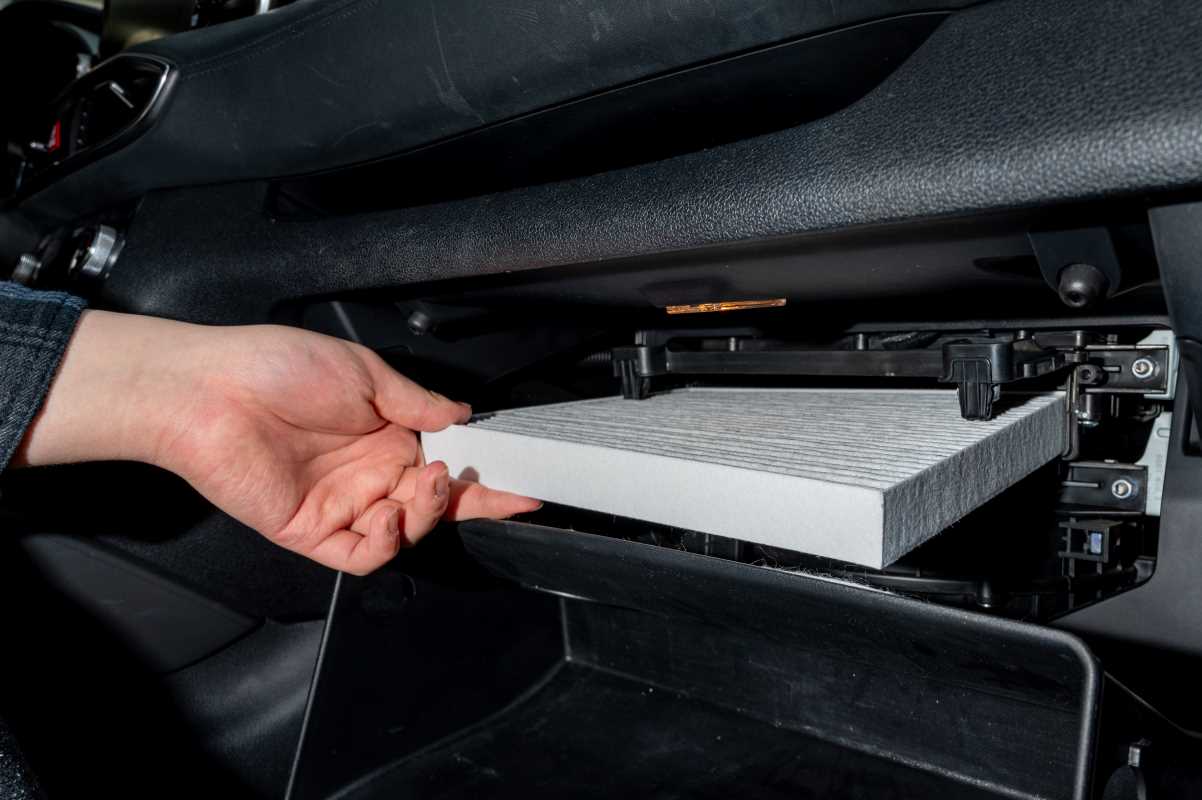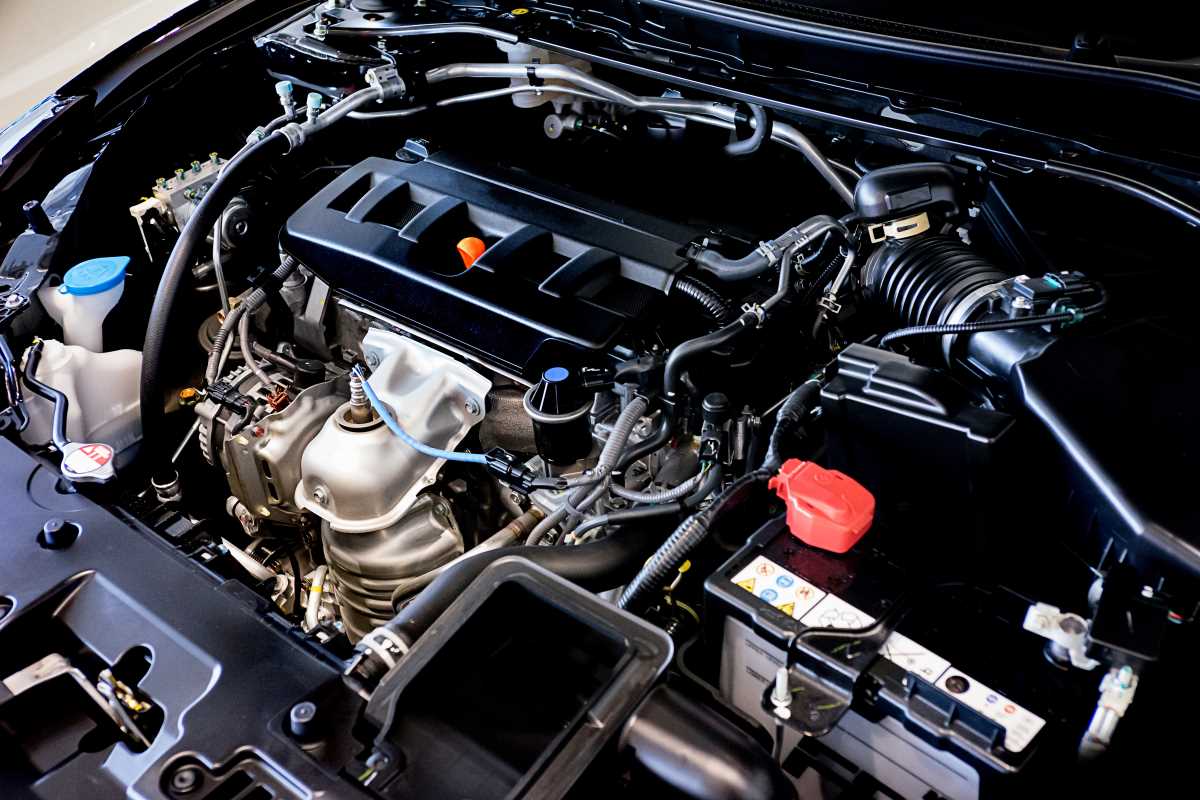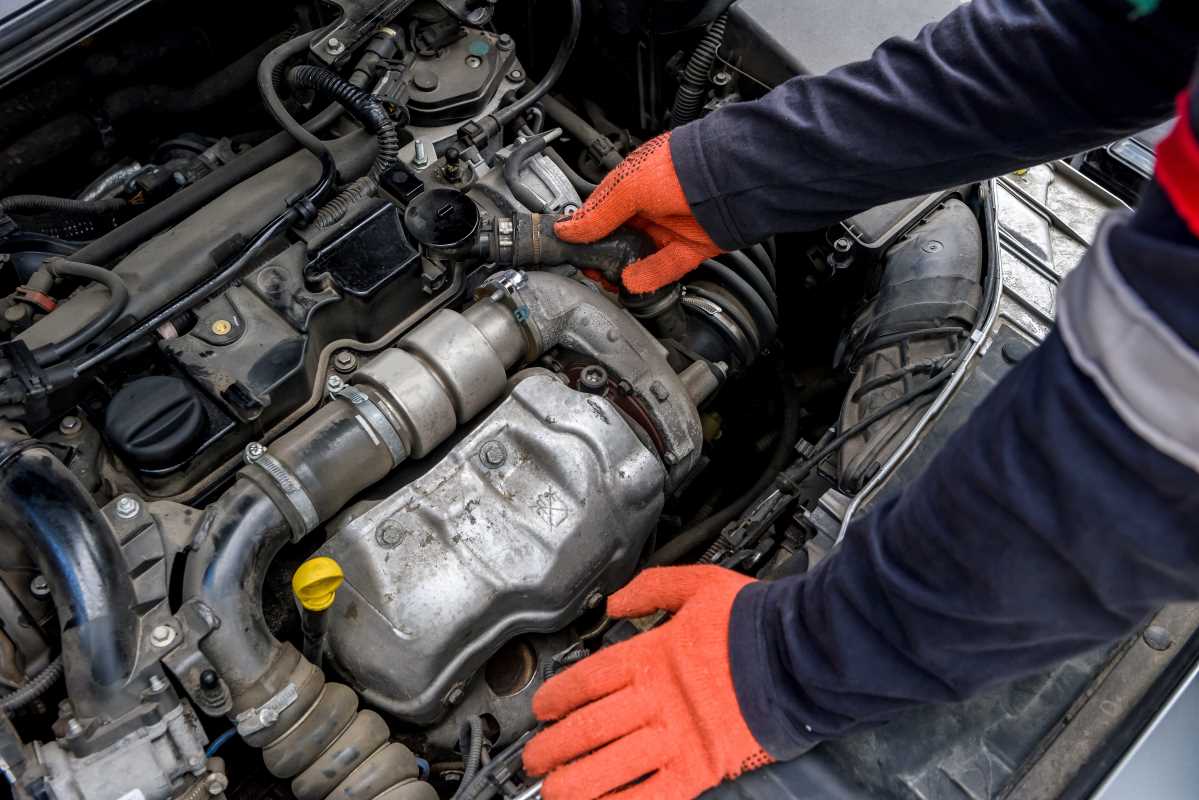Streaks, haze, and fingerprints on your car’s windows are more than just an annoyance; they are a serious safety issue. Dirty glass can create blinding glare when the sun is low or when facing oncoming headlights at night. A greasy film on the inside of your windshield can cause it to fog up instantly, reducing your visibility to zero. This isn't just about looks; it’s about having a clear, unobstructed view of the road, which is fundamental to safe driving. Keeping your windows truly clean reduces eye strain and ensures you can see hazards clearly. For a small investment in the right products and a little bit of technique, you can achieve that perfectly clear, invisible glass look that makes every drive safer and more enjoyable.
Automotive Glass Cleaner vs. Household Cleaners
While it might be tempting to grab that blue spray bottle from under your kitchen sink, using household window cleaners on your car is a bad idea. Many of these cleaners contain ammonia, which can damage window tint, dry out rubber seals, and harm the plastics on your dashboard. Automotive-specific glass cleaners are formulated without ammonia and are designed to tackle the unique grime found on car windows, like road film and exhaust residue, without causing damage. Look for a quality, ammonia-free automotive glass cleaner for the best and safest results. For tough interior grime, especially the hazy film that builds up from vehicle plastics outgassing or from smoker’s film, an alcohol-based glass cleaner can be more effective at cutting through the greasy residue.
The Power of the Right Towel
The secret to a streak-free finish isn't just the cleaner; it’s the towel you use. Never use old rags or paper towels, which are lint-factories and will just move dirt around. The best tool for the job is a high-quality microfiber towel. For glass cleaning, a special low-pile, waffle-weave microfiber towel is even better. These towels have a textured surface that grabs and lifts away grime and absorbs the cleaner without leaving lint or streaks behind. The key technique is to use two towels: one for the initial cleaning and a second, completely dry towel for the final buff. This two-towel method is the professional’s secret to a perfect, streak-free shine.
Mastering the Cleaning Technique
Great products need a great technique. Always clean your windows in the shade when the glass is cool to the touch. Hot glass will cause the cleaner to evaporate too quickly, leaving streaks behind. When cleaning the inside, spray the cleaner onto your towel, not directly onto the glass. This prevents overspray from getting all over your dashboard and interior panels.
Use one towel to wipe down the glass, flipping it to a clean side often. To clean the very top edge of the side windows, roll them down about an inch. After the initial wipe, take your second, completely dry towel and buff the glass to a crystal-clear finish. A helpful pro tip is to use horizontal strokes for the final wipe on the inside of the glass and vertical strokes for the final wipe on the outside. This way, if you do see a streak, you’ll immediately know whether it’s on the inside or the outside.
Tackling Tough Contamination
Sometimes your glass has contamination that a simple cleaner can't remove, like baked-on bugs, tree sap, or old sticker adhesive. For stuck-on gunk, a plastic razor blade is a safe and effective tool. It can scrape away debris without scratching the glass. For a truly deep clean, you can use a detailing clay bar or a clay mitt on your exterior glass, just as you would on your paint. This will pull embedded contaminants out of the glass, leaving it incredibly smooth and clear.
Specialized Glass Treatments
Once your windows are perfectly clean, you can add a layer of protection. For the interior, an anti-fog treatment can be a lifesaver in damp, cold weather. These products apply a super-thin, invisible film that prevents water vapor from condensing on the glass, keeping your windshield clear.
For the exterior glass, applying a rain repellent is a game-changer for driving in wet weather. These products create a hydrophobic (water-fearing) surface that causes rain to bead up and fly right off the windshield as you drive, often reducing the need to even use your wipers at higher speeds. When applying them, follow the directions carefully to avoid a streaky or hazy application.
Special Considerations for Modern Cars
Many new vehicles have advanced features that require a little extra care. If your car has a head-up display (HUD), there is a special film on the windshield in that area that can be sensitive to harsh chemicals. Likewise, if your car has Advanced Driver Assistance Systems (ADAS), there is a camera mounted near the rearview mirror. Always avoid spraying cleaners directly into these areas. When working around heated windshield elements, which look like very fine wires in the glass, use gentle pressure to avoid causing any damage. With just a few dedicated products and a bit of practice, you can easily maintain perfectly clear windows for a safer drive.

